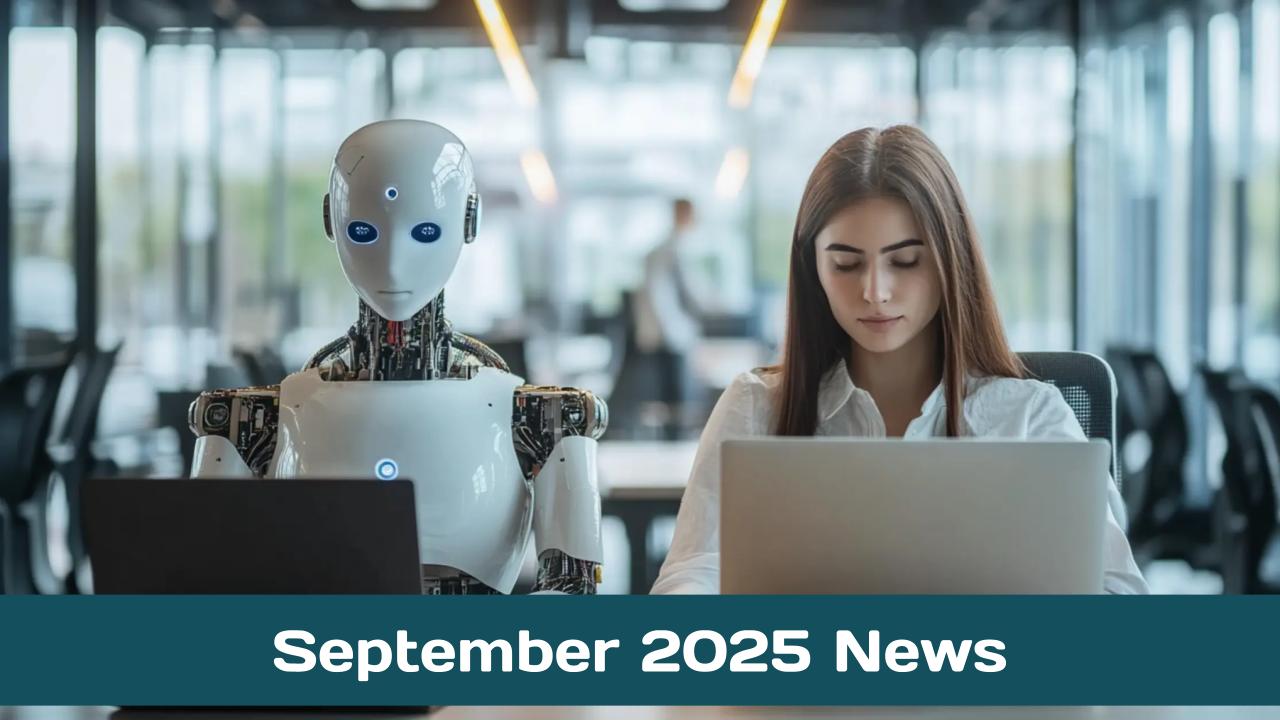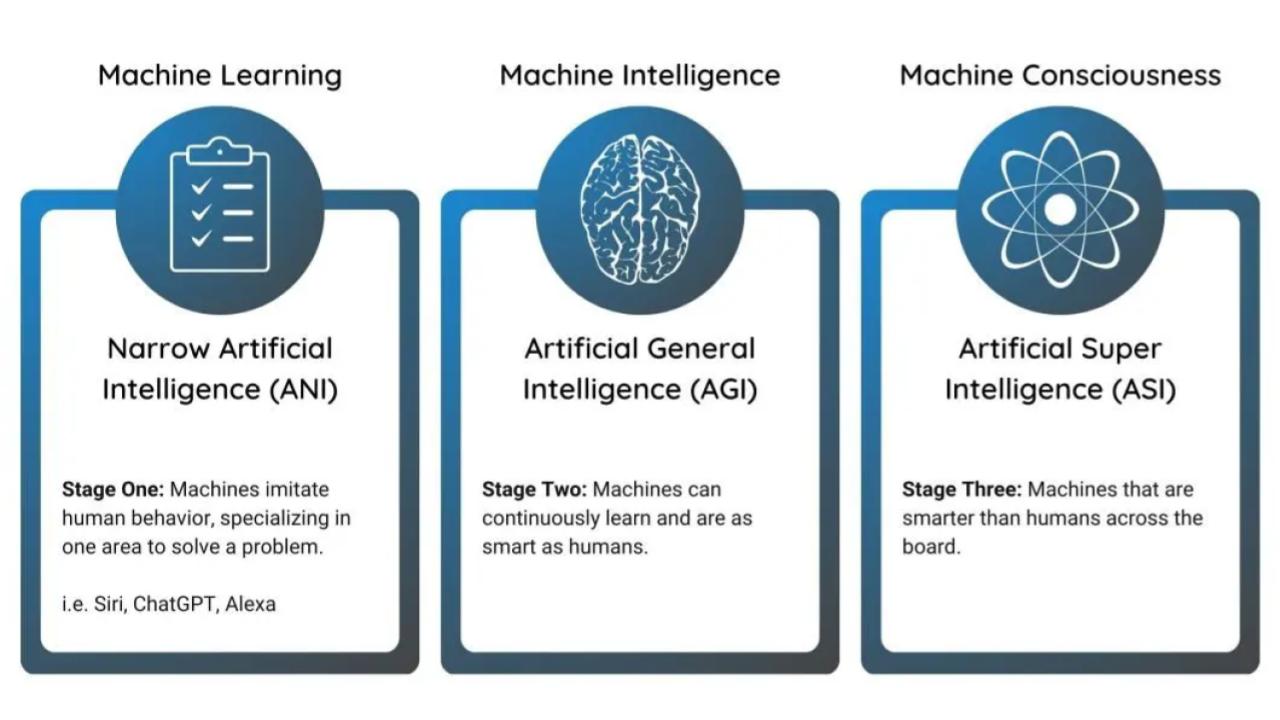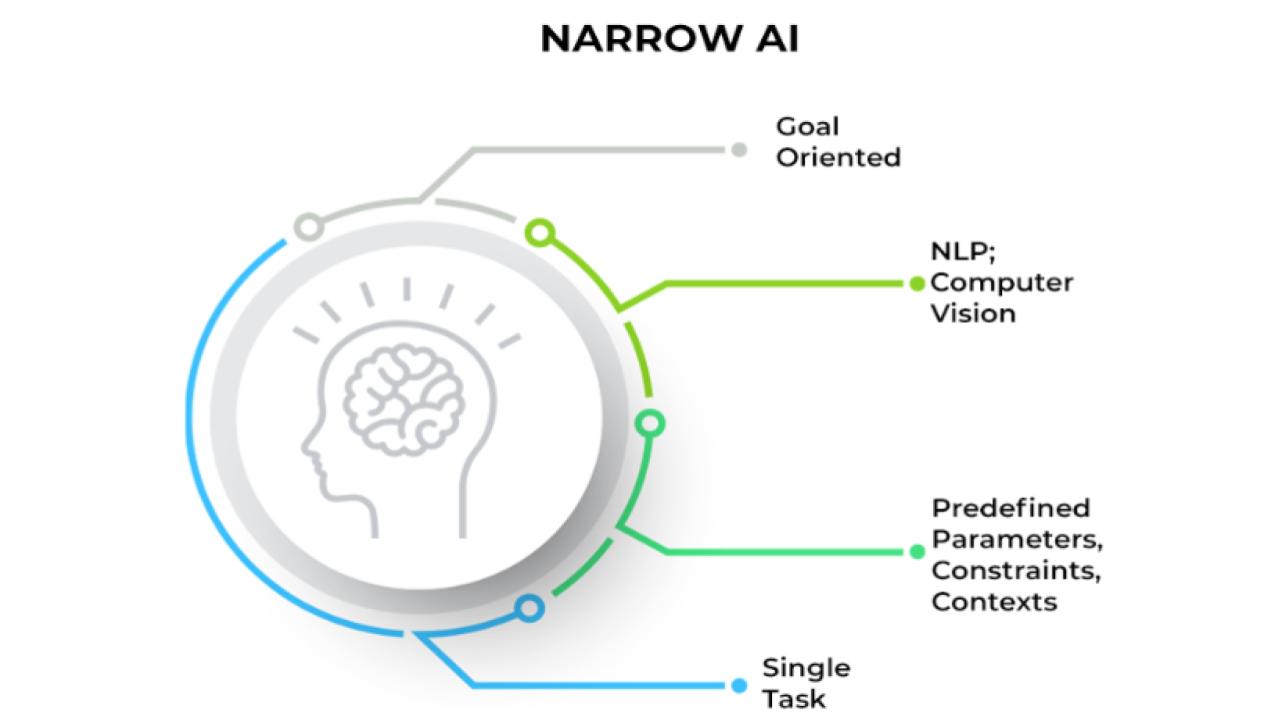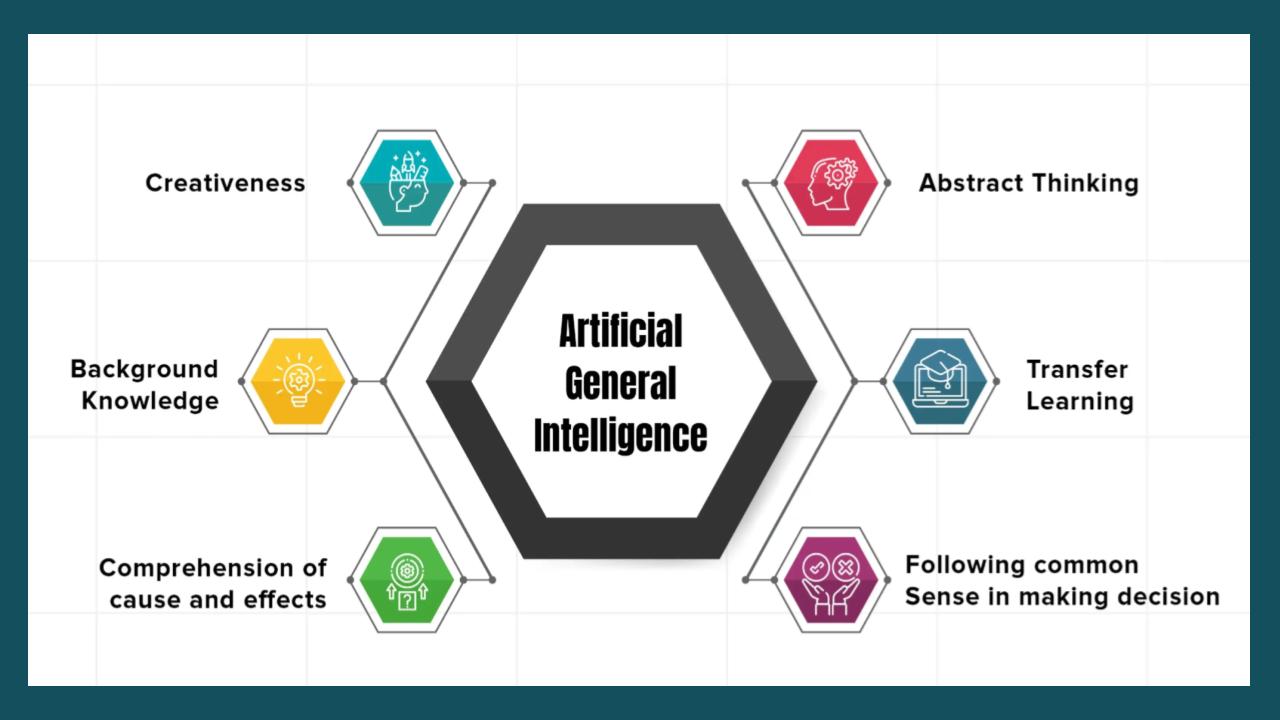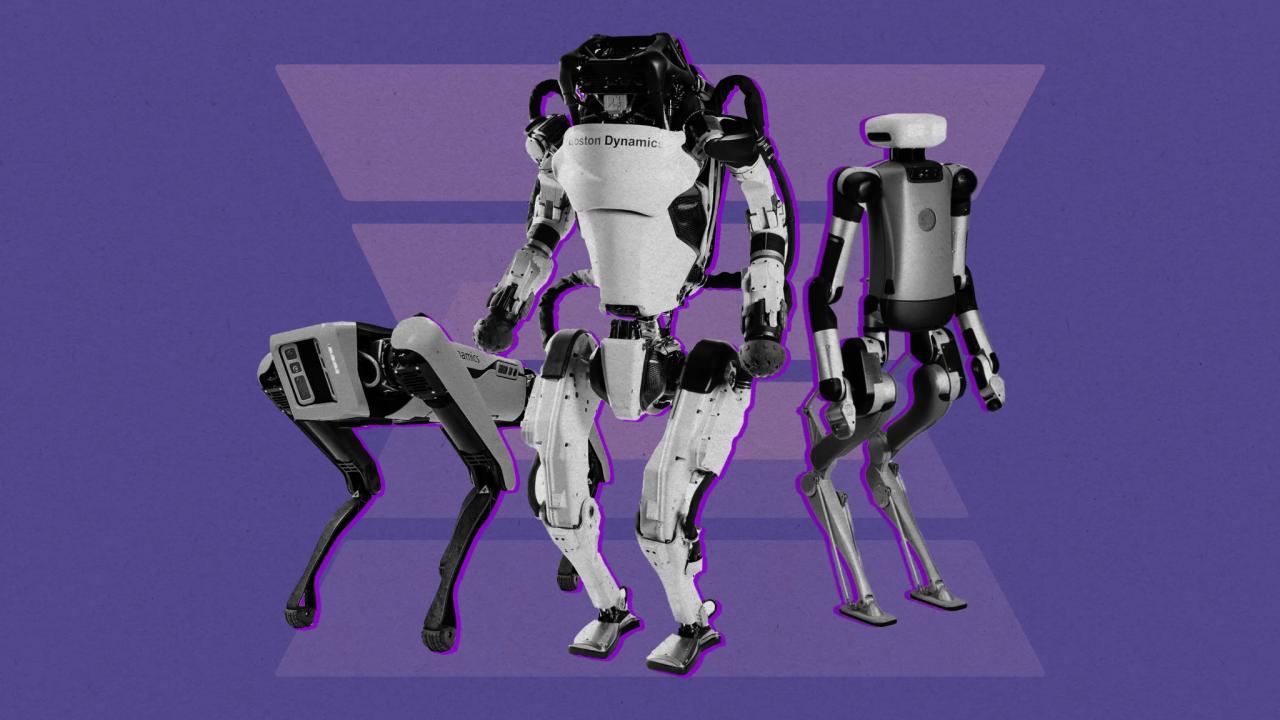News
AI Supremacy, – September 5, 2025
Something happend this week that concerned me, and it has major ramifications on the future of AI.
“The rule of law is on tenuous grounds in America these days, with even easy stuff that might hinder the powerful running into serious obstacles.” – Matt Stoller
Federal District Judge Amit Mehta ruled on September 2nd, 2025 that Google can keep its Chrome browser but will be barred from exclusive contracts. This means all those pesky AI agents controlling browsers is full-on. This ruling will literally reshape BigAI as an extension of BigTech as more or less untouchable.
I am a little concerned or upset or maybe a tad outraged about what a healthy competitive market would look like vs. the monopoly power variety, pretty much since the early 2000s. Tuesday, September 2nd’s ruling will have repercussions for years to come with AI power.
Platforms, AI, and the Economics of BigTech, – September 5, 2025
The architecture is the moat
Competitive advantage in data-driven businesses comes less from the data itself and more from the architecture that data makes possible.
In any complex system, outcomes are shaped less by individual parts than by how the parts are arranged – the feedback loops, buffers, and flows that govern behavior over time.
Data provides visibility, but it is the architecture that determines how variability is managed and how guarantees are met.
A well-designed architecture creates reinforcing loops: better forecasts reduce variance, which improves reliability, which attracts more usage, which in turn generates better data. These loops compound, widening the gap between firms that embed data into their structures and those that treat it as an add-on.
- NotebookLM now supports Video Overviews, which create narrated slide presentations from uploaded sources, offering a visual alternative to Audio Overviews.
- Interface updates, with a new enhanced studio panel. The Studio panel has been redesigned to allow users to create and store multiple outputs of the same type (e.g., Audio Overviews, Video Overviews, Mind Maps, Reports) within a single notebook.
- NotebookLM introduced new formats for Audio Overviews, including: DeepDive, Brief, Critique and Debate types.
The One Percent Rule, – September 2, 2025
What was once dismissed as speculation, machines that do science, cells programmed like software, consciousness measured and perhaps replicated, is now edging from possibility to probability. The question is no longer whether the old certainties will fracture, but how soon, and how profoundly.
This cluster of near-horizon advances, in fields once considered separate provinces, physics, biology, mathematics, computer science, cognitive science, are now edging toward one another, like tectonic plates. Their collision threatens to remake the continent of knowledge.
Today, AI systems are proposing mathematical conjectures, predicting protein interactions, designing drugs, and in some cases devising experiments beyond the imagination of their human handlers. “The end of theory” was once a glib New Yorker headline; today, it begins to feel literal. Science is building a machine that can do science. The implications are not only practical (shorter drug pipelines, new materials) but existential. When intelligence ceases to be a uniquely human monopoly, the Enlightenment’s quiet assumption, that reason is our species’ birthright, collapses.
